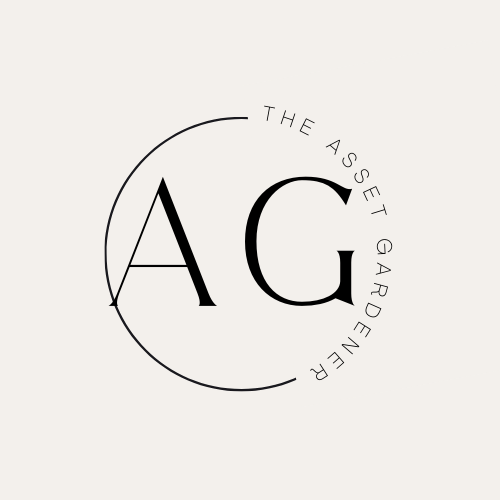
Understanding the Summer Surge in Housing Markets
This summer, housing markets across the U.S. are experiencing a notable uptick, particularly in the Midwest. While many regions are still grappling with affordability issues, there are key metros that are thriving. This growth is driven by a combination of demand from investors, first-time homebuyers, and the increasingly favorable economic conditions that are reshaping the landscape of real estate.
Why the Midwest is Dominating
The Midwest has typically been characterized by lower housing prices compared to other parts of the country. This summer, factors such as low unemployment rates and stable economic growth have painted a rosy picture for potential buyers. Areas like Indianapolis, Kansas City, and Columbus are seeing significant interest due to their affordability and community resources, making them attractive options for both families and investors looking to capitalize on the market.
Afordability: The Essential Driver of Market Growth
It comes as no surprise that affordability remains a central theme in thriving housing markets. With the rising cost of living in urban areas, many buyers are seeking more reasonably priced homes that don't sacrifice quality or access to amenities. In contrast to overheated metropolitan areas, cities with lower costs of living are seeing an influx of new residents and increased property values.
The Investor Landscape: Who’s Buying?
As the demand for affordable housing rises, so does the interest from investors, particularly those who understand the unique dynamics of emerging markets. According to recent studies, seasoned investors are diving into suburban properties with the understanding that economic stability combined with escalating rental demand can yield substantial returns.
Parallel Examples of Housing Market Trends
Looking beyond the U.S., countries like Canada and Australia have also seen similar trends. For instance, cities like Calgary and Brisbane are experiencing revitalization in their housing markets attributed to strong regional economic conditions and migration patterns. Observing these trends can give U.S. investors additional insights into how economic changes influence housing markets.
Future Predictions for the Housing Markets
Anticipating the future of housing markets this summer involves examining current economic indicators. Experts suggest that as more millennials enter the housing market, we may witness sustained growth in regions where affordability is a draw. The trend will likely encourage developers to focus on building affordable housing solutions to meet increasing demands.
Risks and Challenges Ahead
Despite positive forecasts, potential pitfalls remain in the housing landscape. Fluctuating interest rates and unpredictable municipal regulations could dampen market enthusiasm. For first-time homebuyers and investors alike, understanding these risks is crucial for informed decision-making.
Actionable Insights for Investors and Realtors
To capitalize on the current momentum, investors and realtors should focus on areas demonstrating consistent economic improvement. Greater attention should also be given to establishing partnerships that can facilitate market entry or expansion into promising neighborhoods. Those in the business must stay informed about local trends, housing policies, and market demands to navigate successfully.
Conclusion: Embrace the Opportunity
The housing markets heating up this summer signal a crucial opportunity for investors, business owners, and realtors alike. Understanding where growth is happening—especially in the context of affordability—can position stakeholders for success in a rapidly changing landscape. Taking action now can lead to fruitful investments as the summer heating trend continues.
 Add Row
Add Row  Add
Add 




Write A Comment